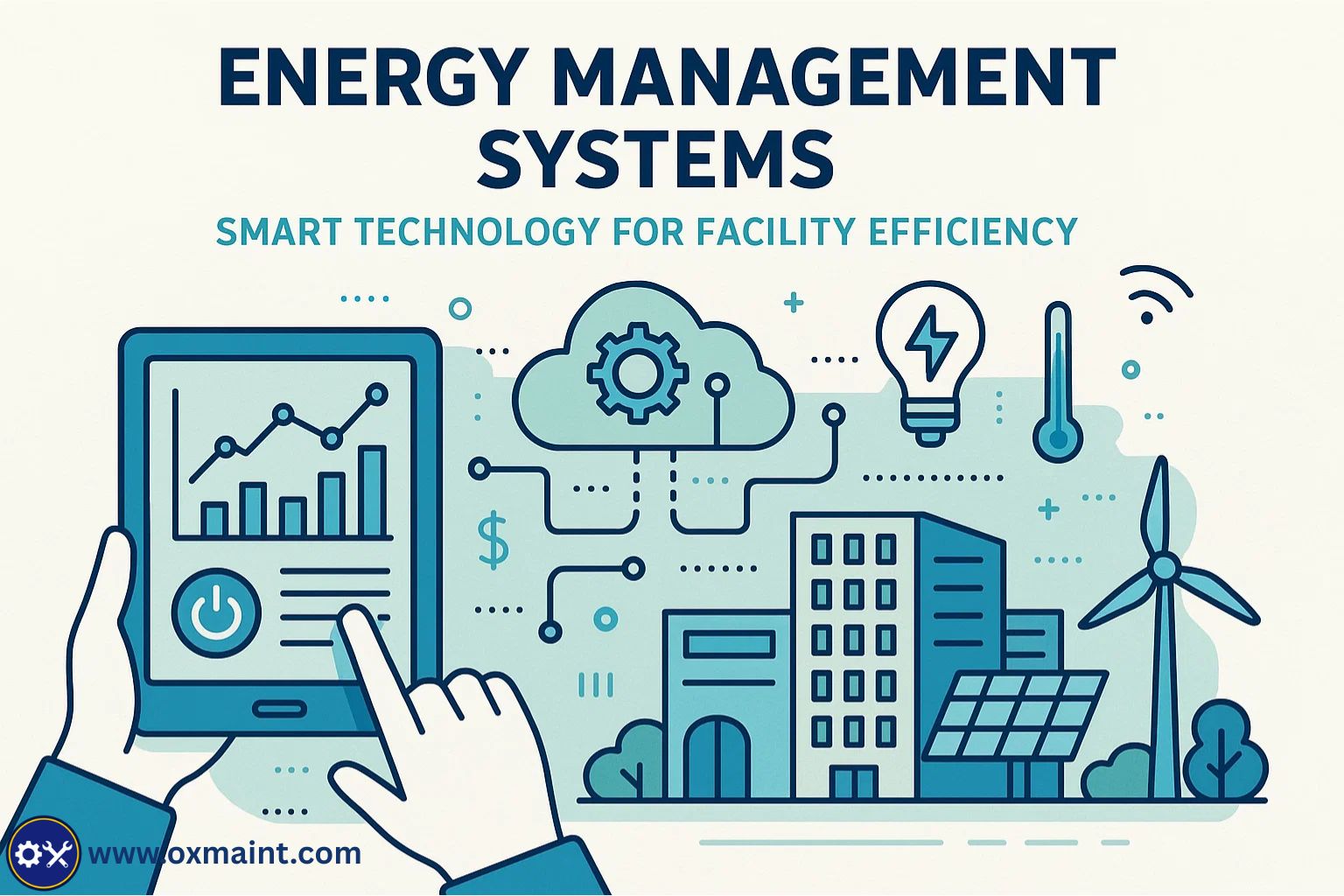Manufacturing facilities across the United States are facing unprecedented pressure to reduce operational costs while maintaining peak efficiency. Energy expenses typically account for 15-25% of total manufacturing costs, making energy management a critical factor in staying competitive. Smart Energy Management Systems (EMS) have emerged as game-changing technology that enables manufacturers to optimize energy consumption, reduce waste, and achieve substantial cost savings.
These intelligent systems go beyond simple monitoring – they provide real-time analytics, predictive insights, and automated controls that transform how facilities manage their energy footprint. With the right EMS implementation, manufacturers are seeing energy cost reductions of 20-30%, improved equipment longevity, and enhanced operational visibility that drives better decision-making across all levels of the organization.
Ready to transform your facility's energy efficiency? Start your journey today!
Real-Time Energy Monitoring and Analytics
Modern Energy Management Systems provide comprehensive real-time monitoring of energy consumption across all facility operations. These systems integrate with existing infrastructure to track electricity, gas, water, and compressed air usage at granular levels – from individual machines to entire production lines. Advanced analytics engines process this data to identify consumption patterns, detect anomalies, and highlight opportunities for optimization.
The power of real-time monitoring lies in its ability to provide actionable insights immediately. Plant managers can identify energy-intensive processes, track the impact of operational changes, and respond quickly to equipment malfunctions that cause energy waste. This level of visibility enables data-driven decisions that were previously impossible with traditional utility billing methods.
Automated Demand Response and Load Management
Smart EMS platforms excel at automated demand response, helping manufacturers avoid costly peak demand charges that can significantly impact monthly energy bills. These systems continuously monitor energy usage patterns and automatically adjust non-critical loads during peak pricing periods. For example, the system might temporarily reduce HVAC loads or reschedule energy-intensive processes to off-peak hours without disrupting production schedules.
Load balancing capabilities ensure optimal distribution of electrical loads across the facility, preventing equipment overloading and reducing the risk of costly downtime. By intelligently managing when and how equipment operates, manufacturers can take advantage of time-of-use pricing structures and utility incentive programs that reward flexible energy consumption patterns.
Predictive Maintenance Integration for Energy Efficiency
Energy Management Systems integrate seamlessly with predictive maintenance programs to identify equipment that's consuming excessive energy due to wear, misalignment, or other operational issues. Motors running inefficiently, compressed air leaks, and HVAC systems with dirty filters all create unnecessary energy waste that predictive analytics can detect before they become major problems.
This integration creates a powerful feedback loop where energy consumption data informs maintenance schedules, and maintenance activities directly impact energy efficiency. Facilities using this approach report not only energy savings but also extended equipment life, reduced unplanned downtime, and lower overall maintenance costs. The system creates alerts when energy consumption deviates from baseline patterns, enabling proactive maintenance interventions.
See how integrated energy management can revolutionize your maintenance strategy!
ROI and Implementation Strategies
The return on investment for Energy Management Systems typically ranges from 12-24 months, depending on facility size and current energy efficiency levels. Implementation strategies vary based on existing infrastructure, but most successful deployments follow a phased approach that starts with high-impact areas and gradually expands system coverage.
Key implementation considerations include integration with existing building management systems, staff training requirements, and establishing baseline energy consumption metrics. Many manufacturers begin with pilot programs in specific production areas to demonstrate value before facility-wide deployment. Utility rebates and tax incentives for energy efficiency improvements can significantly reduce initial investment costs, making the business case even more compelling.
Future-Proofing Your Energy Strategy
Energy Management Systems position manufacturing facilities for future regulatory requirements and sustainability goals. As carbon reporting mandates increase and utility costs continue to rise, having comprehensive energy data becomes essential for compliance and strategic planning. Modern EMS platforms support renewable energy integration, electric vehicle charging infrastructure, and energy storage systems that will become increasingly important in manufacturing operations.
The scalability of smart energy management technology ensures that investments made today will continue to provide value as facilities grow and energy landscapes evolve. Cloud-based platforms offer regular updates and new features without requiring major infrastructure changes, keeping your energy management capabilities current with industry best practices and emerging technologies.
Conclusion
Energy Management Systems represent a critical investment for manufacturing facilities serious about operational efficiency and cost control. The combination of real-time monitoring, automated optimization, and predictive insights creates unprecedented opportunities to reduce energy waste while improving overall facility performance. With proven ROI timelines and expanding utility incentive programs, the question isn't whether to implement an EMS, but how quickly you can get started.
The most successful implementations begin with a clear understanding of current energy usage patterns and specific efficiency goals. By partnering with experienced energy management professionals, manufacturers can design and deploy systems that deliver immediate value while building a foundation for long-term energy optimization and sustainability success.
Don't let energy costs drain your bottom line. Take control with smart energy management today!









